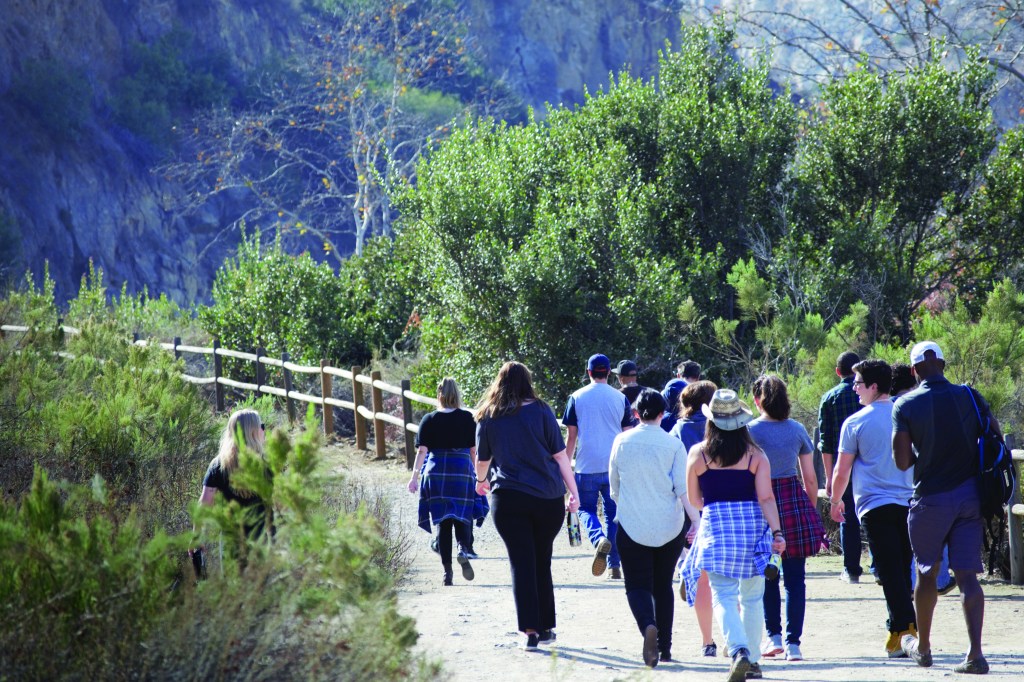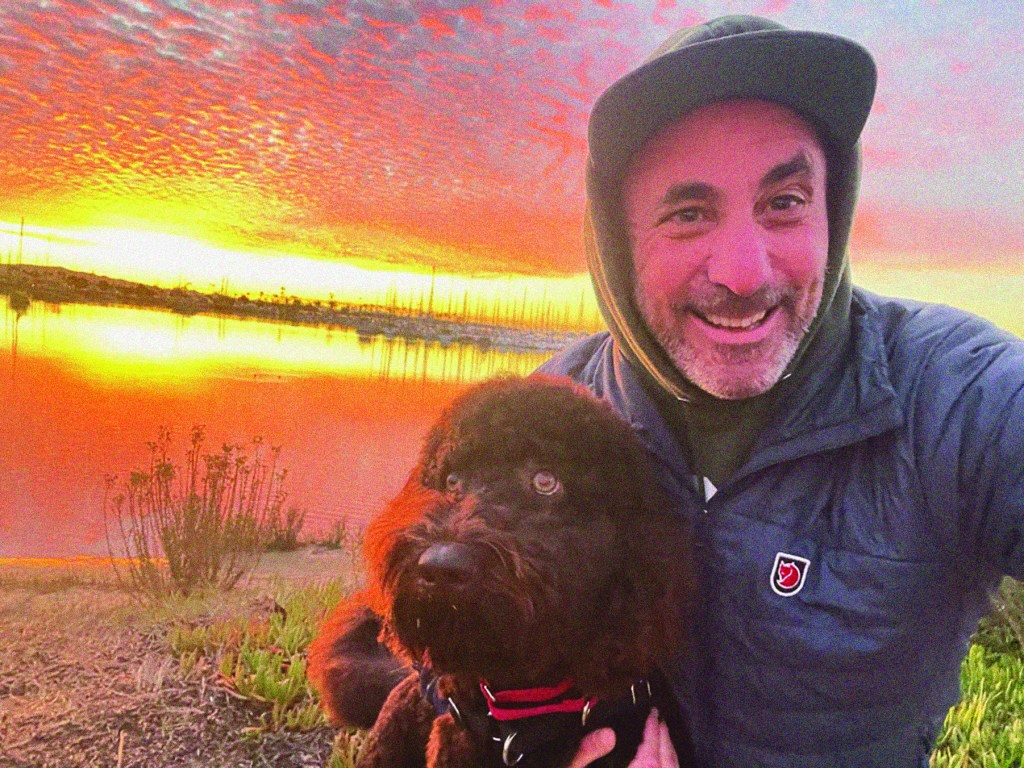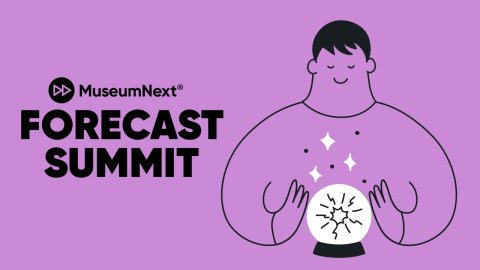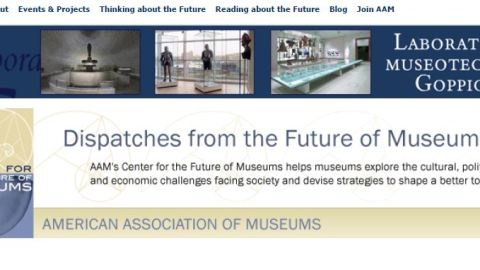
Tips on keeping sane in the insane world of museum leadership.
This article originally appeared in Museum magazine’s September/October 2024 issue, a benefit of AAM membership.
“I’m leaving, because with such a privileged role comes responsibility. . . . I know what this job takes. And I know that I no longer have enough in the tank to do it justice. It’s that simple.”
– Jacinda Ardern,
former Prime Minister of New Zealand
Leading the Museum of Us (formerly the San Diego Museum of Man) as its chief executive officer over the past 14 years has been the great honor of my life. My job is a privilege bursting with rewards beyond measure, and I pinch myself whenever our iconic building comes into view on my way into the office. Even after all this time, I still feel immense gratitude for the opportunity to contribute to this remarkable organization’s transformative work.
If I’m being honest, though, the past many years have also been immeasurably challenging, with more sleepless nights than I care to remember. Reimagining the Museum of Us in anti-racist, decolonial, and other human-centered ways has required leadership that is both highly adaptive and built for the long game. When I first took the position, I possessed some of the skills necessary for success but was woefully lacking in others. Chief among those deficiencies was an understanding of how to create the conditions I needed to regularly—and sustainably—show up as my best self.
Great leaders are both visionaries and servants, right? As the organizational guru Simon Sinek so aptly puts it, they must “eat last” so that others can sustain themselves first. Successfully navigating the challenges of guiding a museum today, however, is dizzyingly complex. Leaders must tend to the wellbeing of so many different types of people with so many different needs that they often neglect to take care of themselves.
Early in my leadership tenure, I often found myself running on fumes. There just weren’t enough hours in the day for me to fill up my tank, let alone pause long enough to change the oil or bring myself in for a tune-up. There were far too many to-dos, all of which I erroneously (and perhaps somewhat arrogantly) thought required my touch. So, rather than carving out time for myself, I just carried on.
In hindsight, I shudder to think of the disservice I did to our work during those moments of depletion. My comments to colleagues were less than helpful, my reactions to complex situations hasty, and my decisions lacked the thoughtfulness they deserved. In short, I was too often approaching my worst when others needed me at my best.
It took time, but eventually I cultivated an ecosystem of care to better support me in my leadership journey. While I still struggle at times, that ecosystem has allowed me to bring a certain equanimity and clear-sightedness to my work far more regularly. I often call on the supports now at my disposal, knowing that building my own capacity is an act of service that benefits the Museum of Us, too.
Self-Care Is Not Selfish
Putting on our own oxygen masks first may seem overly self-serving, but it is the cornerstone of sustainable leadership. After all, how can I effectively help others if I can hardly breathe myself? We all seem to understand this in theory, but regularly incorporating it into our day-to-day is another story. Gasping for air, however, is not a viable strategy in the long term. As leaders, we must build a practice of self-care.
While this looks different for everyone, my own practice centers around physical movement. I tend to be in my head so much that I need to put my body in motion, preferably outdoors, whether that’s hiking, running, romping with my dog Blue, or even stretching. I also try to stay well-hydrated, eat healthy, and engage in activities that center me or bring me joy—meditating, reading great fiction, laughing with a friend, and watching “the beautiful game.”

Photo credit: Shelby Miller for the Museum of Us
I’m not always successful, but I try to do these activities as often as possible, and I try not to feel guilty for doing them. My goal is to enjoy them, knowing that when my own cup is full, I’m far better positioned to show up for others in the right way at the right time. This gives me permission to prioritize self-care as an unselfish act. When I let my practice slide, which I often do, I try not to beat myself up too much. After all, mindlessly bingeing on a pint of Ben & Jerry’s ice cream or a new Apple TV+ series after a hard day can—on occasion—be self-care, too.
I also don’t hide my practice from others, knowing that it models good leadership for my team. Practicing what we preach gives others permission to prioritize self-care, too. They, in turn, model it for their teams, sending the message: “We’re in this for the long haul and we’re in it together, so please take care of yourself accordingly.”
Community Care Is Essential
While self-care may be necessary for sustainability, it is insufficient on its own. Showing up as your best self regularly requires a larger ecosystem of support. This is particularly true when leading transformational change, which requires significant moral courage. A recent Stanford Social Innovation Review article, “The Most Critical Ingredient in Leadership,” defined moral courage as the commitment to act in values-consistent ways no matter the challenges. Moral courage is characterized as a mindset focused on the internal conditions needed to deliver on that commitment.

Most important is a board of trustees that will be there for you when the going gets tough—because it will get tough. The path to transformational change is messy, and periodically getting stuck in the mud is a given. Also, this journey is often nonlinear, taking unexpected twists, turns, and time. Your trustees need to understand that these bumps in the road are signs that positive change is afoot, provided you stay the course. If you can get your board to play the long game in this way, you will begin to move mountains together. Start with a board chair who gets it, and then partner with that person to build buy-in with other trustees.
Leaders also need a team that has their back. We all have bad days and—while they may be expert at hiding it—leaders are no exception. We try to regularly show up for others in the right way at the right time, but sometimes we don’t have it in us. And that’s okay. We’re all human. Don’t underestimate the power of letting your team know when you’re not at your best and need short-term cover. It will give your colleagues permission to do the same, and they’ll be happy to lend you the same kind of support you’ve so often lent them. Something magical happens when grace flows in both directions.
Tapping into Outside Supports
As important as a supportive internal team are the people outside your organization who can help guide you on your leadership journey. I’ve long worked with three such partners who have ebbed and flowed in my ecosystem of care, depending on my needs at the time. An executive coach helps me think through my work world, a counselor helps me navigate my inner world relative to my outer world, and a holistic practitioner helps me develop more strength, balance, and flexibility in my embodied world.
While there is significant overlap in how these different partners support me, I cannot imagine sustaining myself in this role over the past 14 years without any one of them. Ask your board if it will build one or more coaches into your organizational budget. If not, find a donor or pay for them yourself, when possible. They are that important.
Also important is a strong peer group with whom you can share your challenges and successes. Early in my leadership tenure, a wise foundation agreed to support my participation in Vistage Worldwide, a peer advisory organization for CEOs, for three years. Fifteen of us—leaders from different industries—met for a full day every month. We heard from world-class speakers, shared personal and professional updates, and—most importantly—processed challenging issues together.
Initially, I couldn’t imagine regularly taking so much time away from the office to participate in this extracurricular activity. Over time, however, these monthly sessions proved so valuable that I came to see them as a key to my leadership success. My board wholeheartedly agreed, footing the not-so-inconsequential bill for another seven years until our group disbanded. Finding peers with whom you can share your struggles, strategies, and triumphs will help you not only feel less alone but also far more supported on your leadership journey.
Taking Time to Pause
An ecosystem of care only serves a leader to the extent that it is regularly activated. It’s easy to get caught up in the pressures of the day and forget to call on our available resources. Pausing is critical. Stopping long enough to honestly reflect on if and how I’m struggling is always the first step in identifying what I may need in any given moment.
While those needs will vary, having an ecosystem of care in place affords me a range of options. When my reserves are dangerously low, I go through my self-care checklist and prioritize the practices I have been neglecting. If I’m feeling overwhelmed or mired in the muck of it all, I ask one or more of my many wise counselors for a fresh perspective. Finding my way often takes time, but with these supports in place, I know that I can successfully navigate any challenge.
Invest your time and energy in cultivating the ecosystem of self/community care you need, and tap into it often. By building your capacity in this way, you’ll be able to show up as your best self far more regularly, and your museum will be far better for it.
You’ve got this.
Resources
Jacqueline Novogratz and Anne Welsh McNulty, “The Most Critical Ingredient in Leadership,” Stanford Social Innovation Review, July 2022
ssir.org/articles/entry/the_most_critical_ingredient_in_leadership
Simon Sinek, Leaders Eat Last: Why Some Teams Pull Together and Others Don’t, 2014
HBR’s 10 Must Reads 2024: The Definitive Management Ideas of the Year from Harvard Business Review
Prentis Hemphill, What It Takes to Heal: How Transforming Ourselves Can Change the World, 2024






